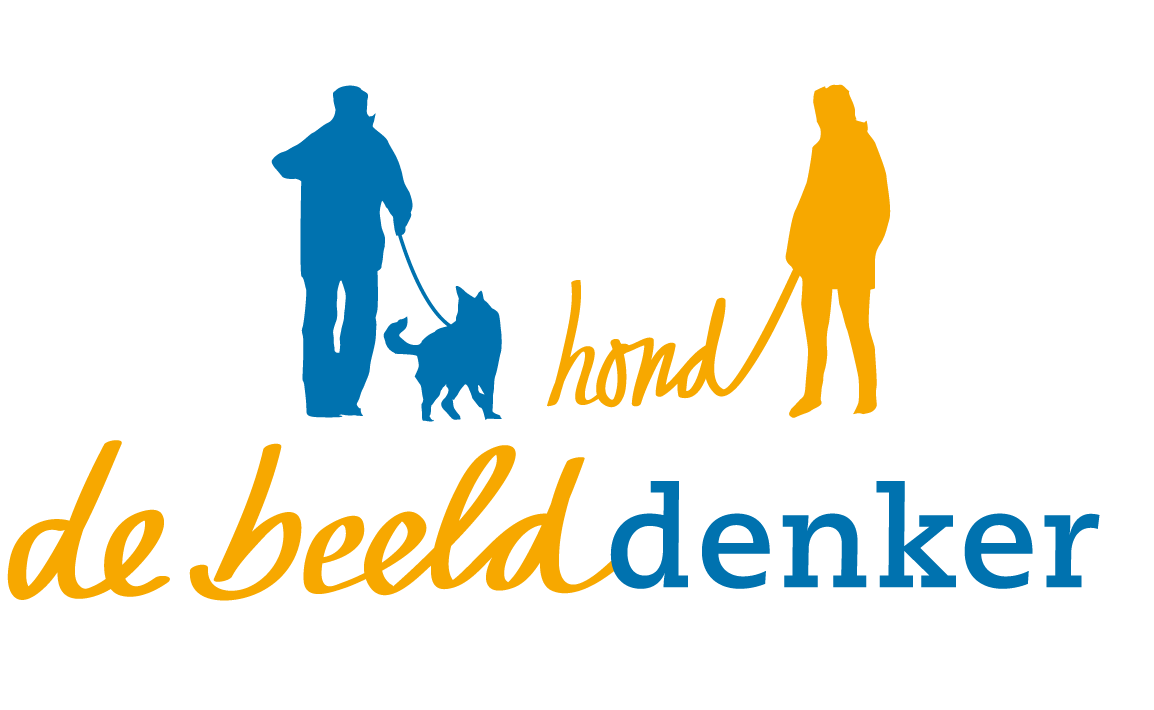Referenties bij dove mensen
- Kozhevnikov, M., Kosslyn, S. M., Shephard, J. M. (2005). Spatial versus object visualizers: A new characterization of visual cognitive style.Memory and Cognition, 33,710-726.
- Paivio, A. (1991). Dual Coding Theory-Retrospect and current status.Canadian Journal of Psychology, 45,255-287.
- Marschark, M., Morrison, C., Lukomski, J., Borgna, G., & Convertino, C. (2013). Are deaf students visual learners?Learning and Individual Differences, 25,156-162.
- Conlin, D., & Paivio, A. (1975). The associative learning of the deaf: The effects of word imagery and signability.Memory and Cognition, 3,333-340.
- Willis, S., Goldbart, J., & Stansfield, J. (2014). The strengths and weaknesses in verbal short-term memory and visual working memory in children with hearing impairment and additional language learning difficulties.International Journal of Pediatric Otorhinolaryngology, 78,1107-1114.
- Lopez-Crespo, G., Daza, M. T., & Mendez-Lopez, M. (2012). Visual working memory in deaf children with diverse communication modes: Improvement by differential outcomes.Research in Developmental Disabilities, 33,362-368.
- Marschark, M., Spencer, L. J., Durkin, A., Borgna, G., Convertino, C., Machmer, E., …& Trani, A. (2015).Understanding language, hearing status, and visual-spatial skills. Journal of Deaf Studies and Deaf Education, 310-330.
- Borgna, G. Convertino, C., Marschark, M., Morrison, C., & Rizzolo, K. (2011). Enhancing deaf students’ learning from sign language and tekst: Metacognition, modality, and the effectiveness of content scaffolding.Journal of Deaf Studies and Deaf Education, 16,79-100.
